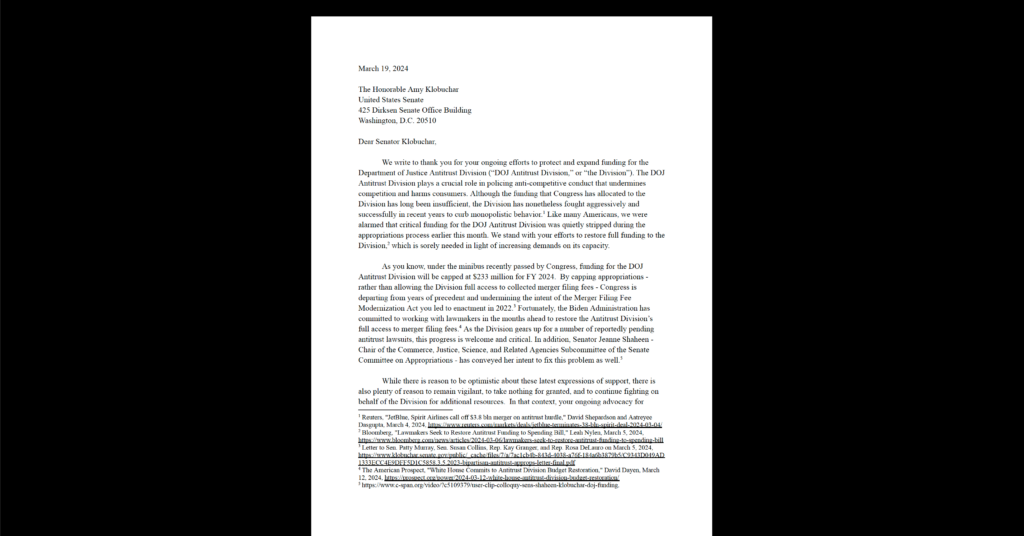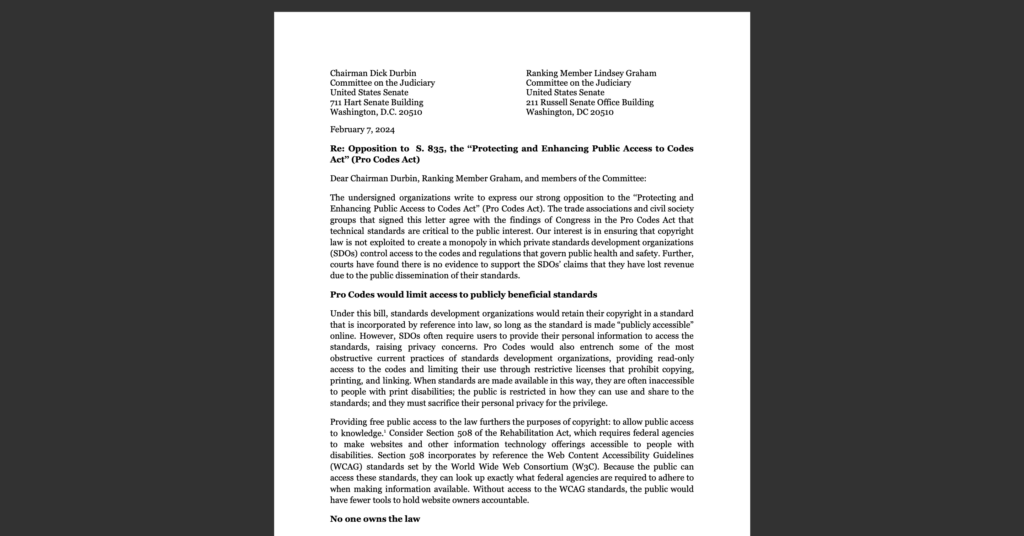Happy Earth Day! (To Those of You Able to Access This Post.)
As government leaders, policymakers, and technology companies continue to navigate the global coronavirus pandemic, CDT is actively monitoring the latest responses and working to ensure they are grounded in civil rights and liberties. Our policy teams aim to help leaders craft solutions that balance the unique needs of the moment, while still respecting and upholding individual human rights. Find more of our work at cdt.org/coronavirus.
Today is the 50th anniversary of Earth Day. The anniversary was planned as an international day of action, with gigantic crowds gathering in 180 nations. Supporters ranged from Greta Thunberg to corporate titans to Pope Francis, all working in unison to demand a solution to the climate crisis. Then COVID-19 erupted, and marches, lectures, and concerts that were years in the making were banned around the world.
Instead, the energy has shifted — almost overnight — to an online movement.
In Zimbabwe, they are celebrating Earth Day by uploading footage of juvenile activists describing how they are protecting the environment. A conservation group in India has launched an online activity motivating people to use the lockdown as an opportunity to learn how to compost. The Yanesha indigenous community of Tsachopen, Peru is sharing an online presentation of their Mother Earth ceremony with traditional healers and storytellers. An NGO in Asia has organized artists, poets, environmental activists and other influencers to perform on TikTok, while calling for marine life protection and reduction of plastic use.
When my father organized the first Earth Day 50 years ago, there was no world wide web, no email – indeed, the first Earth Day took place 14 years before Mark Zuckerberg was born. Had COVID-19 arrived in 1970, there would have been no opportunity to redirect the energy of the participants into a virtual space and launch the environmental movement. Earth Day 2020 is a beautiful illustration of the best parts of the internet coming together to build community, amplify activists, and create positive change.
However, it is also a painful reminder that too many people lack access to this vibrant global community. The UN’s Broadband Commission for Digital Development notes that as of the end of 2019, global growth in the percentage of households connected to the internet has slowed, rising only to an abysmal 54.8%.
Here in the US, tens of millions of people lack broadband internet at home, preventing them from safely communicating with their families, schools, and doctors while staying home and doing their part to flatten the COVID-19 curve. Rural Americans lack these broadband connections because we have been unwilling to absorb the cost of building out the necessary broadband infrastructure. In more densely-populated areas, the broadband infrastructure is available, but unaffordable for many, with a disproportionate impact on people of color. As the job losses continue to mount, many Americans who currently have broadband access at home will be unable to afford their bills. The digital divide preventing people from learning, worshiping, and communicating will grow wider.
While much is still unknown about the novel coronavirus, it is safe to say that the need to get online from home is only likely to increase in the coming months. Scientists warn that COVID-19 will continue to drive us into the safety of our homes until we learn whether past exposure provides reliable immunity, develop a reliable treatment, or produce and distribute a vaccine.
And even after we have managed to triumph over the novel coronavirus, there will be future pandemics.
We cannot expect people to stay in their homes if they have no reliable way to communicate with the outside world, to learn new skills, or work remotely. Now is the time for governments around the world to recognize that broadband internet access is a fundamental utility, no different than running water or electricity. Here in the U.S., Congress must include policies that support broadband availability in upcoming stimulus packages. These policies must include increased funding for adoption, network sustainability, and deployment for areas still lacking access.
Almost half of the world’s population is unable to participate in Earth Day today because they lack reliable internet access. Working together, we can change that before Earth Day 2030.


